Upcoming events
Wednesday, February 28, 2024
British Institute of Florence

This lecture examines the zibaldoni – the family books where by men and women of all social backgrounds collected poems, jokes, stories of saints’ lives, medical treatises, chronicles, sermons, and recipes. These humble books provide an unparalleled insight into the worldview of everyday people in Renaissance Florence.
Wednesday, November 10, 2021, 6pm
British Institute of Florence
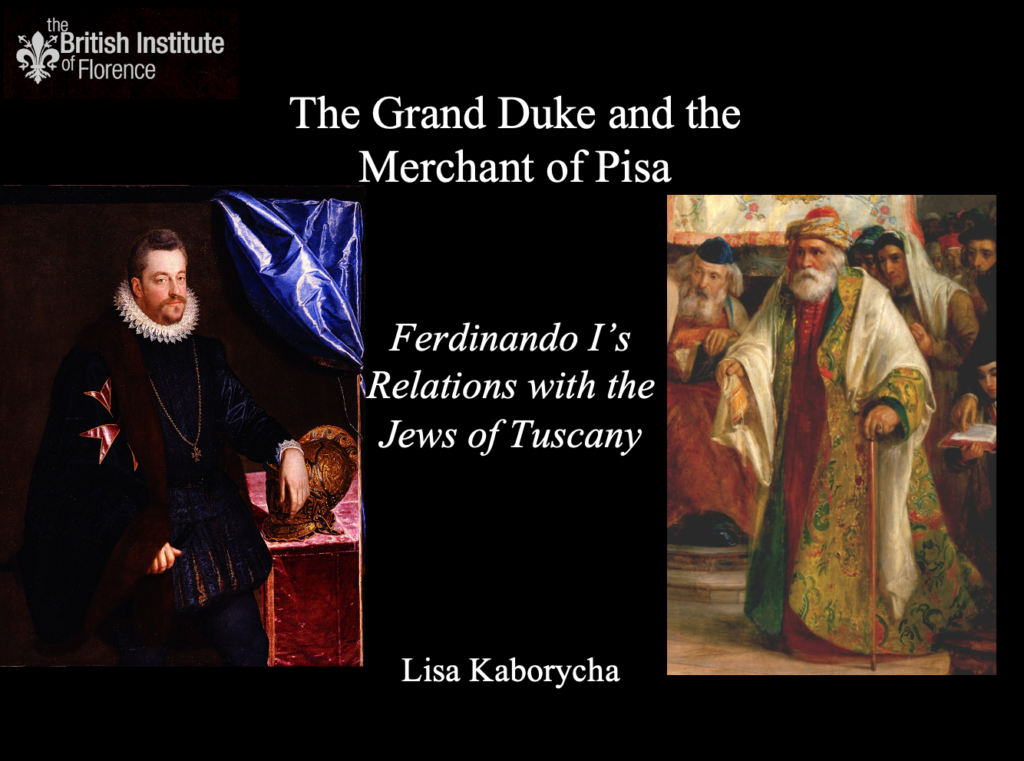
In 1600 Jacob Esperiel, a wealthy Jewish merchant of Portuguese origins, immigrated to Pisa with his family. It was a period when Jews in Pisa and Livorno enjoyed extraordinary privileges granted under Grand Duke Ferdinando I’s 1591 and 1593 livornine laws. The grand duke’s commitment to protect members of the Jewish community in the face of increasing persecution by the Roman Inquisition is revealed in correspondence between Ferdinando, his secretaries, diplomats, law enforcement officials, lawyers, cardinals, inquisitors, and the pope himself. These documents uncovered in the Mediceo del Principato collection of the Florentine State Archive demonstrate the risks that Ferdinando I was willing to take to defend his official policy of tolerance.
Wednesday, March 10, 2021, 6pm
British Institute of Florence, online
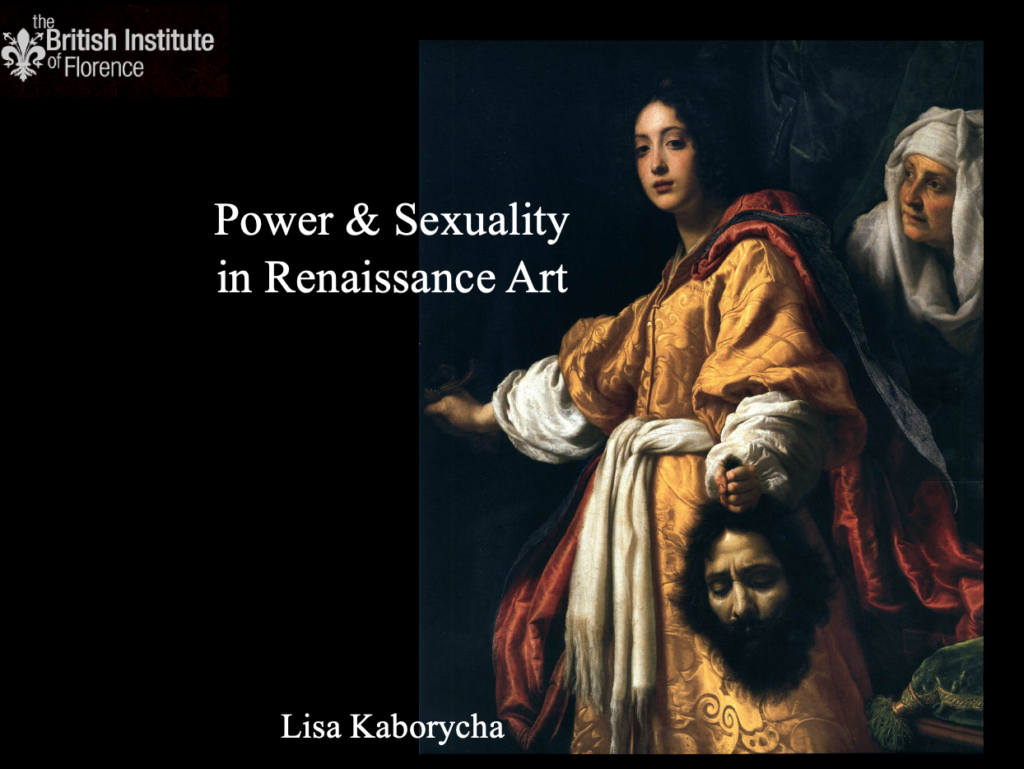
What do the stories of Judith and Holofernes, Samson and Delilah, Susannah and the Elders, Jove and Ganymede all have in common? They are but a few examples of many ancient tales recounting the complex relations between power and sexuality that have existed forever. Who has the upper hand in these narratives? Where does power reside, in the desirer or the desired? Who is the victor and who is the vanquished? It can seem nowadays in the age of #metoo that we are for the first time critiquing these power dynamics; however, Renaissance artists had long ago explored this topic. We will endeavour to answer the above questions though close examination of images depicted in masterpieces of Renaissance art. Painted by both men and women, these centuries-old works will paradoxically lead us to a fresh, nuanced consideration of the question.
Wednesday, January 13, 2021, 6pm
British Institute of Florence, online
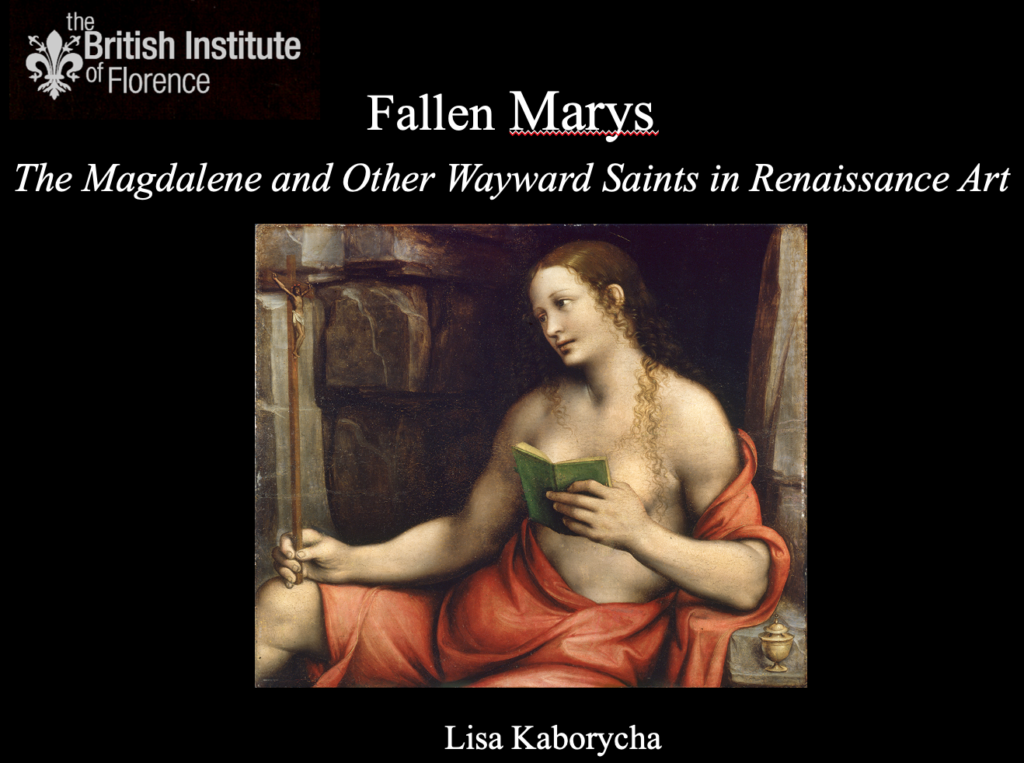
“Mary, called Magdalene, out of whom went seven devils,” was known from the early Middle Ages as the patron saint of fallen women. The proliferation of legends about Mary Magdalene, the glamorous penitent sinner, provided a rich mine of material for the visual arts throughout the Renaissance. And she was not alone. There was also St. Mary of Egypt, a girl of easy virtue who carried on in Alexandria, before hopping a ship to the Holy Land where she converted to Christianity; her cult enjoyed extraordinary popularity throughout this period. Another was the real-life 13th-century St. Margaret of Cortona, a teenage runaway who became the mistress of a nobleman to whom she bore a child, before devoting her life to religion. In this talk we will explore the art inspired by these and other licentious saints, in order to understand the powerful resonance their stories held for men and women of the Renaissance.
Wednesday, October 14, 2020, 6pm
British Institute of Florence
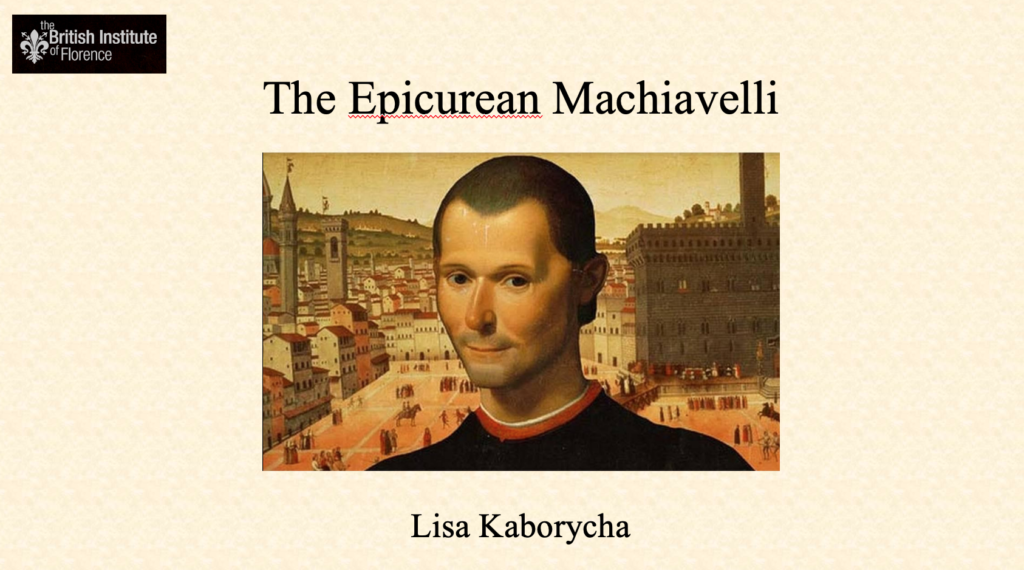
“Epicurean” can refer both to a follower of the fourth-century Greek philosopher Epicurus, as well to an individual who is devoted to gratifying sensual appetites. In both of these senses, the term could be said to apply to Niccolò Machiavelli (1469-1527), who was both a daring, free-spirited thinker and notable bon vivant. Machiavelli whole-heartedly embraced the controversial epicurean worldview expressed in Lucretius’s On the Nature of Things, though condemned by the Catholic Church. In addition to these serious philosophical reflections recorded in his own hand in his copy of Lucretius, Machiavelli wrote rollicking, often profane letters to his friends, in which the Florentine author extolled the delights of wine, women, and song.
June 10, 2019 9:00am
The Medici Archive Project, via de’ Benci 10, Florence
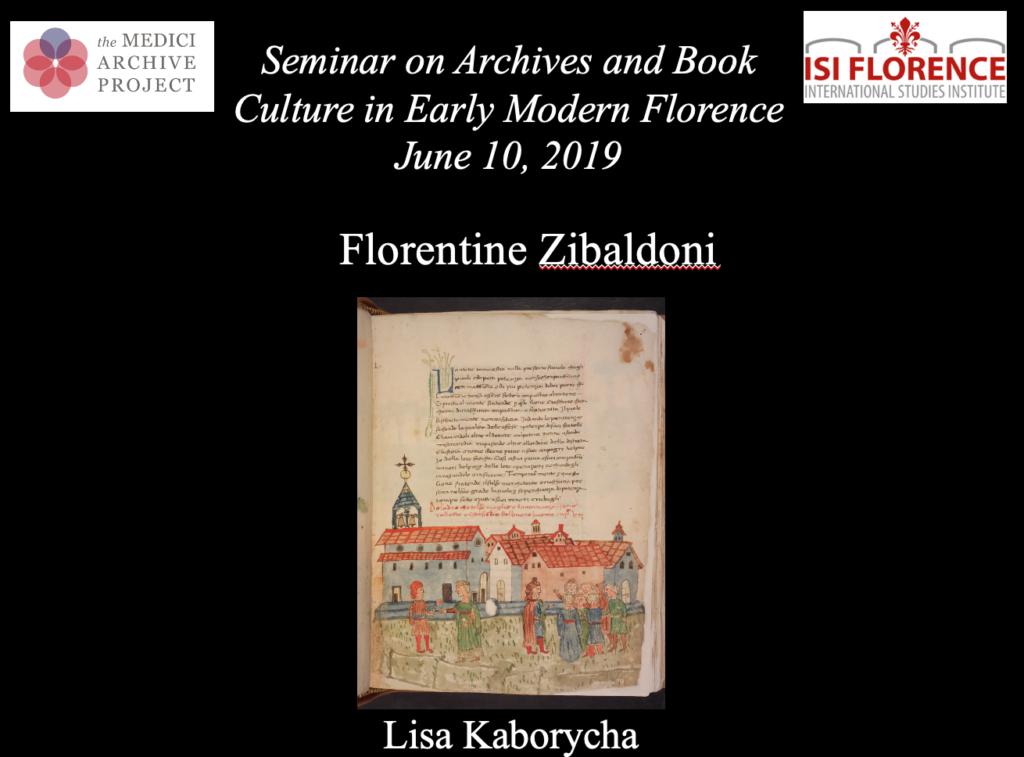
This paleography seminar focuses on mercantesca, the most commonest form of handwriting used by Florentines in everyday writing from the thirteenth through the fifteenth centuries, and especially concentrates on its use in popular quattrocento Florentine commonplace books known as zibaldoni.
Monday, October 15, 2018 10:00am
Jewish Museum of Australia
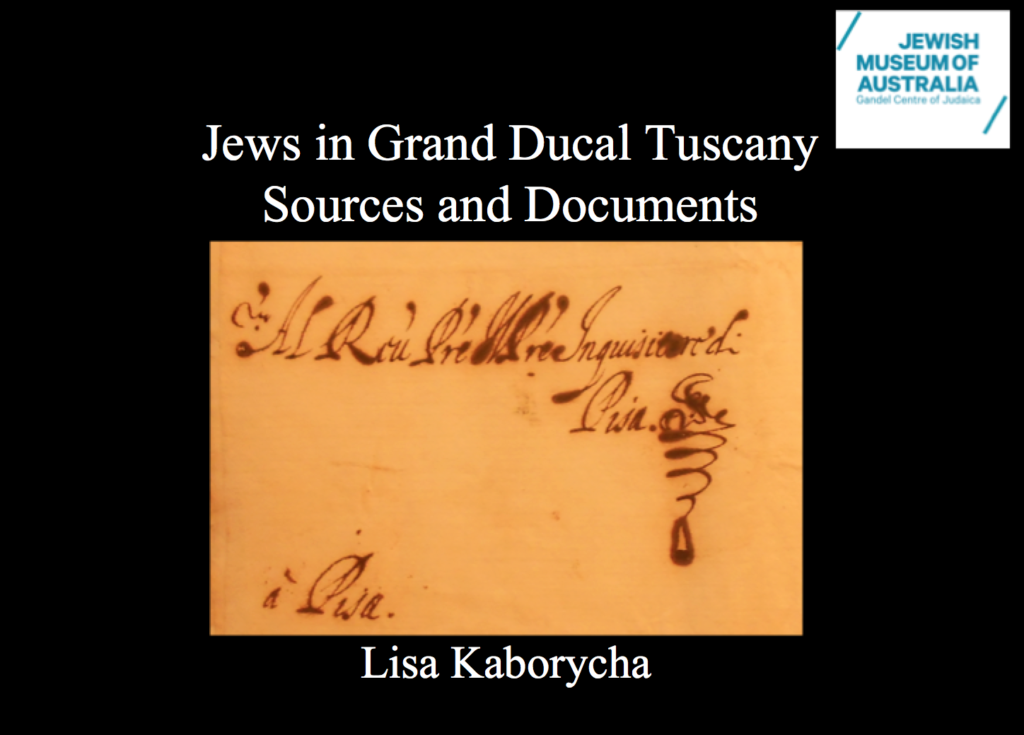
Based on Lisa Kaborycha’s research in the Mediceo del Principato collection of the Florentine State Archive, the Archiepiscopal Archive in Pisa, and the Archive of the Congregation of the Doctrine of the Faith (Inquisition) in the Vatican, this lecture examines the complex interactions between the Medici grand dukes, the Jews in Tuscany, and the papacy during the 17th century.
July 26, 2018 , 3:00pm
British Institute of Florence
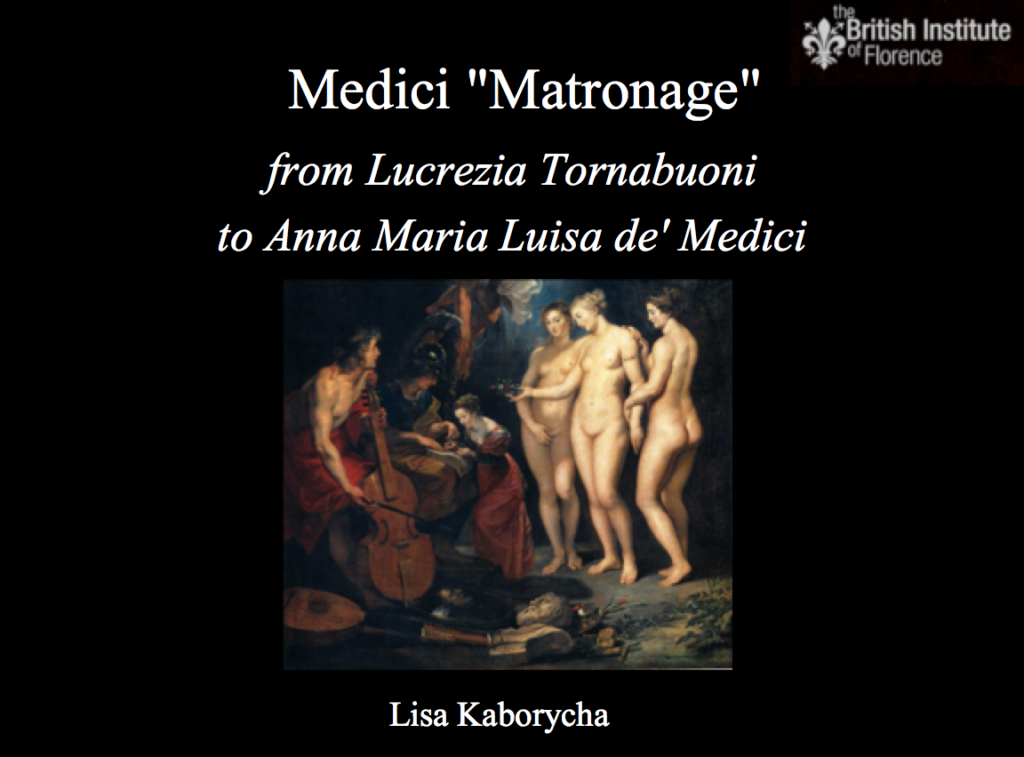
The Medici are known for the discriminating and princely patronage of men such as Cosimo the Elder (1389-1464), Lorenzo the Magnificent (1449-1492), and Cosimo I (1519-1574), who shaped the music, visual arts, humanities, and sciences over the course of three centuries. However, until recently the cultural influence exercised by female members of the dynasty has been overlooked. From the austerely pious sacred poems of Lorenzo’s mother Lucrezia Tornabuoni (1425-1482), through Grand Duchess Christine of Lorraine’s (1565-1637) interchange with Galileo over the relationship between science and faith, Medici women were on the front lines of the culture wars of their day. Moreover, through marriage alliances with Valois and Bourbon dynasties, Catherine de’ Medici (1519-1589) and Marie de’ Medici (1575-1642) brought Florentine artistic traditions to France, while royal brides from houses of Habsburg and Lorraine arrived in Florence, all functioning as cultural mediators, fostering artistic and intellectual cross-pollination between Tuscany and the rest of Europe.
Tuesday, May 8, 2018 10:40am
Meon Valley DFAS, Meonstoke, UK
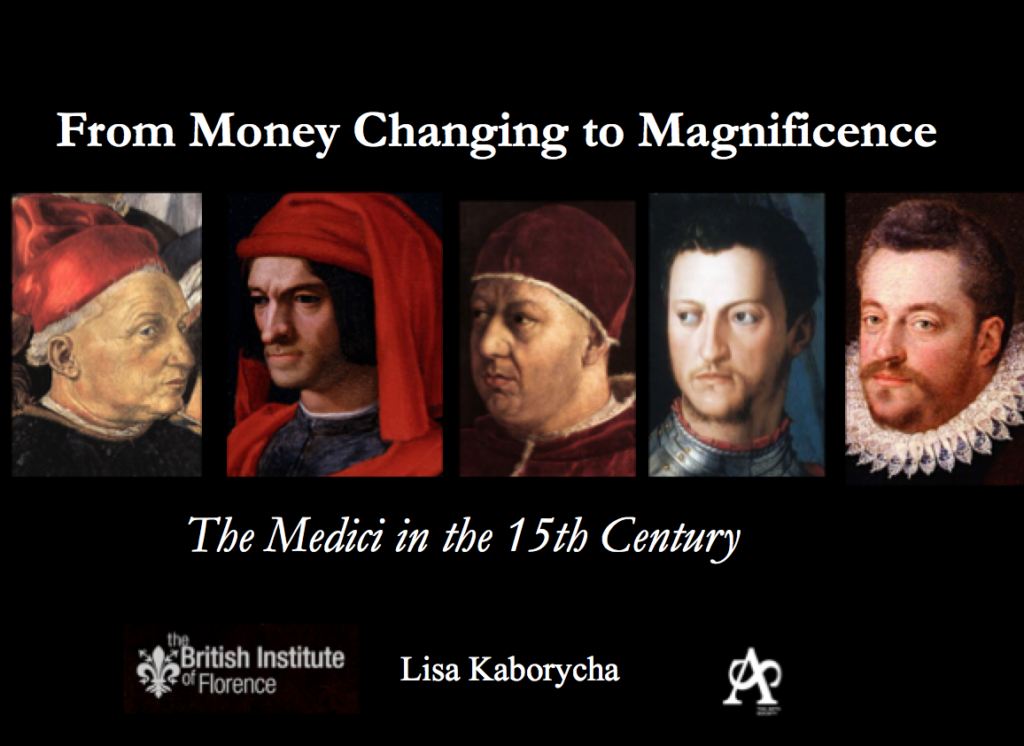
Depicted in splendid array by Benozzo Gozzoli in The Procession of the Magi, Cosimo de’ Medici (1389-1464) and his family appear to be making a royal progress. In reality the path to power of the Medici was more gritty. From obscure origins as a rambunctious clan from the Mugello region outside of Florence, the Medici rose to prominence as bankers in the fourteenth century and eventually came to dominate and rule Florence in the fifteenth. This lecture will explore what historian John Najemy has termed the “fateful embrace,” the symbiotic relationship between the Florentine state and this dynasty, which though shrewd manipulation of power and visionary patronage of the arts is forever identified with the Florentine Renaissance. With unerring taste and an instinct for cultivating talent, the artistic and architectural commissions of the Medici clan are among the greatest masterpieces of Western art.
Thursday, October 26, 2017 3:00pm
British Institute, Florence

Fifteenth-century Florence was a rigidly patriarchal society in which women had few legal rights or political power, leading one noted historian to comment that Florence “may well have been one of the worst places to have been born a woman in the Italian Renaissance.” Despite being largely excluded from humanist education and the guild structure, however, women did manage to make their mark on literature, learning, and the visual arts during the Italian Renaissance. In this lecture we will explore women’s patronage of art, literature, and architecture. We will also look at well their original contributions to Florentine culture as writers of vernacular prose and poetry, focusing in depth on two women authors. Lucrezia Tornabuoni de’ Medici (1427-1482) was the mother of Lorenzo the Magnificant and the author of influential poems on biblical themes. Antonia Tanini Pulci (1452-1501) wrote sacred dramas that were popularly performed in Florentine churches and convents. Finally, we will consider the cultural contributions of the large number of educated women who comprised Florence’s population of cloistered nuns.
Friday, July 20, 2017, 3:00pm
British Institute of Florence
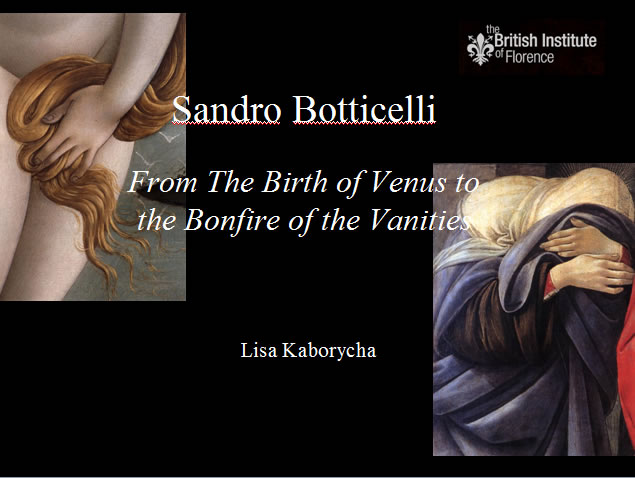
“May you live in interesting times” is said to be a Chinese curse. The paintings of the artist Alessandro di Mariano Filipepi, better known simply as Botticelli, reflect the complex atmosphere of philosophical inquiry and spiritual longing which particularly characterized the final decades of the Quattrocento in Florence. The son of a tanner, who apprenticed first as a goldsmith before turning to painting, Botticelli’s extraordinary talent brought him into the heady circle of Lorenzo the Magnificent where he was introduced to poets, musicians, and humanist philosophers of the Platonic Academy. It was under the influence of the ideas of Marsilio Ficino, Angelo Poliziano, and Leon Battista Alberti that the artist created Primavera, Venus and Mars, The Birth of Venus, Pallas and the Centaur, and Calumny of Appelles for patrons within the Medici circle. After the death of Lorenzo in 1492 as Medici political dominance unraveled and military invasion threatened, Florentines increasingly turned to the austere moral reform urged by the Dominican preacher, Savonarola. Botticelli became an ardent supporter of the friar and the artist’s final works are permeated with deep Christian spirituality, in particular his two powerful Lamentations. The student of Filippo Lippi, and a master of linear design, color, and perspective, Botticelli represents the apex of early Renaissance style. With Filippo’s son Filippino Lippi as his apprentice, Botticelli’s work also points the way to new directions that Florentine Renaissance art would take.
Wednesday, December 15, 2016 6:00pm
Temple Emanu-el, Skirball Center, 1 E 65th St, NYC
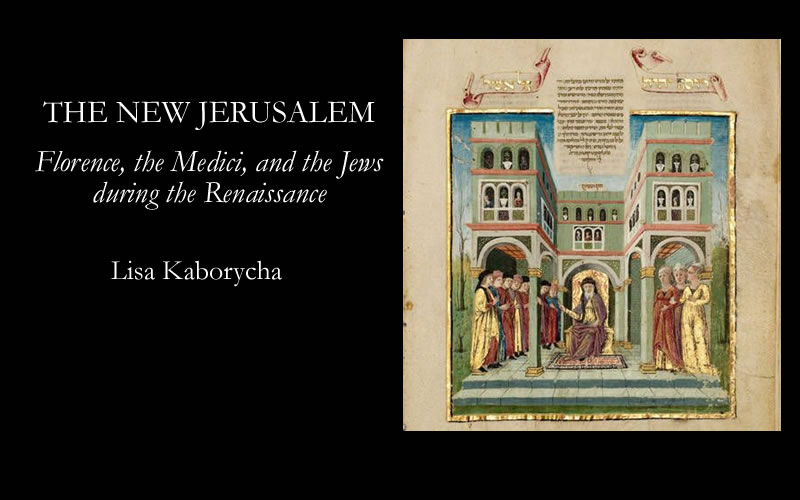
Florence in the fifteenth century was the birthplace of the Renaissance, a time of spectacular developments in the arts, literature, and philosophy inspired by rediscovery of the ancient world. It was also, however, a period of intense political conflict and questioning of moral values, which led to a backlash from the Dominican reformer and prophet Fra Girolamo Savonarola. Throughout all this, the wealthy and powerful Medici family maintained a unique relationship with the Jewish community. In this lecture we will look at the interaction of these social forces and examine the impact of Renaissance cultural developments on the lives of Florentine Jews.
Friday, November 4, 2016 11:30am
British Institute of Florence
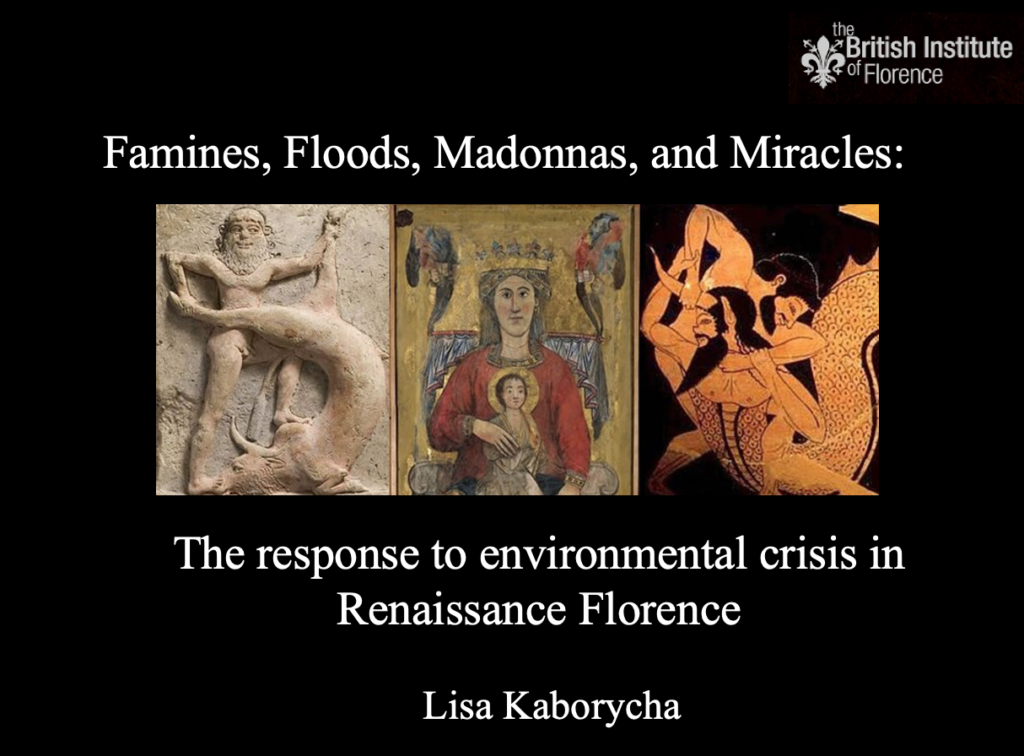
Monday, March 14, 2016
NADFAS Directory Day
Westminster Central Hall, London
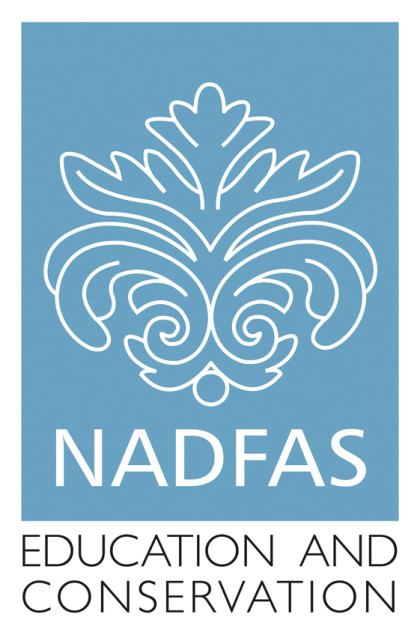
Wednesday, January 27, 2016 6:00pm
British Institute of Florence
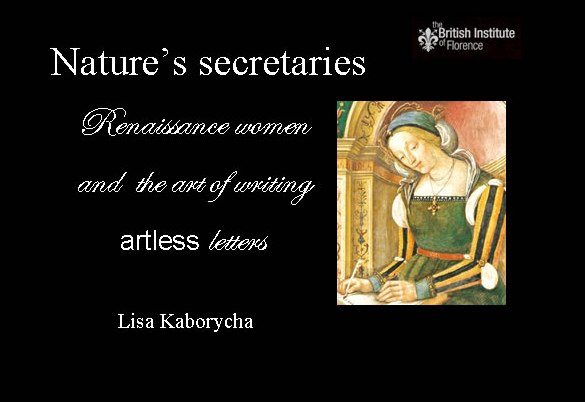
Pietro Aretino (1492-1556) described the process of composing his celebrated letters as being “secretary to Nature herself.” In this Renaissance conceit, with sprezzatura the author simply writes down what she dictates. To a male writer, writing letters that appeared “natural” and effortless could be considered the height of artistry, but how would a Renaissance woman approach the creative process? Was she secretary to Nature or was she Nature herself? Moreover, while a certain appearance of artlessness might enhance a man’s writing, would a woman—considered by society to be naturally impulsive and emotionally volatile—prefer in her writing to manifest elaborate artifice instead? This talk will consider the letters written by Renaissance women and explore how they chose to express themselves in their own words through their correspondence.
Wednesday, November 18, 2015 6pm
University of California EAP Study Center, Piazza Santo Spirito 10, Florence
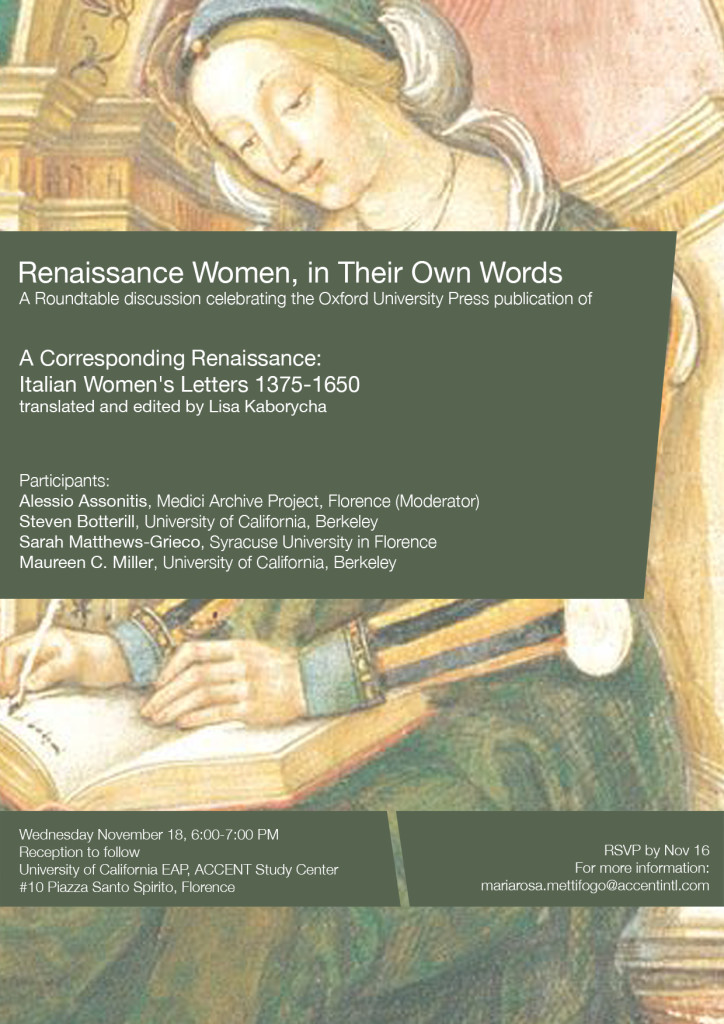
Letters—whether personal notes, diplomatic correspondence, or formal epistles—are unique sources of historical information. In this roundtable discussion we will consider how historians can make use of such sources, exploring what they reveal of the lives, thoughts, and feelings of early modern women. The focus will be on letters written between the fourteenth through the seventeenth century by women from all parts of the Italian Peninsula. The women whose letters were selected for inclusion in this anthology were of every social class and exercised a wide variety of professions, among them are: nuns, saints, scholars, singers, actresses, duchesses, wives, wet nurses, poets, painters, and courtesans. Some of the letters deal primarily with personal matters concerning the family, with discussion of business transactions, illnesses, and education of children and so on. Other letters are concerned with the wider world of politics, warfare, and dynastic successions. Whether written deliberately as literary works intended for publication like the familiar letters of Pietro Aretino or as simple private communications, considered together the whole spectrum of early modern women’s correspondence has the potential to reveal aspects of their lived realities, which are often hidden from the historical record.
